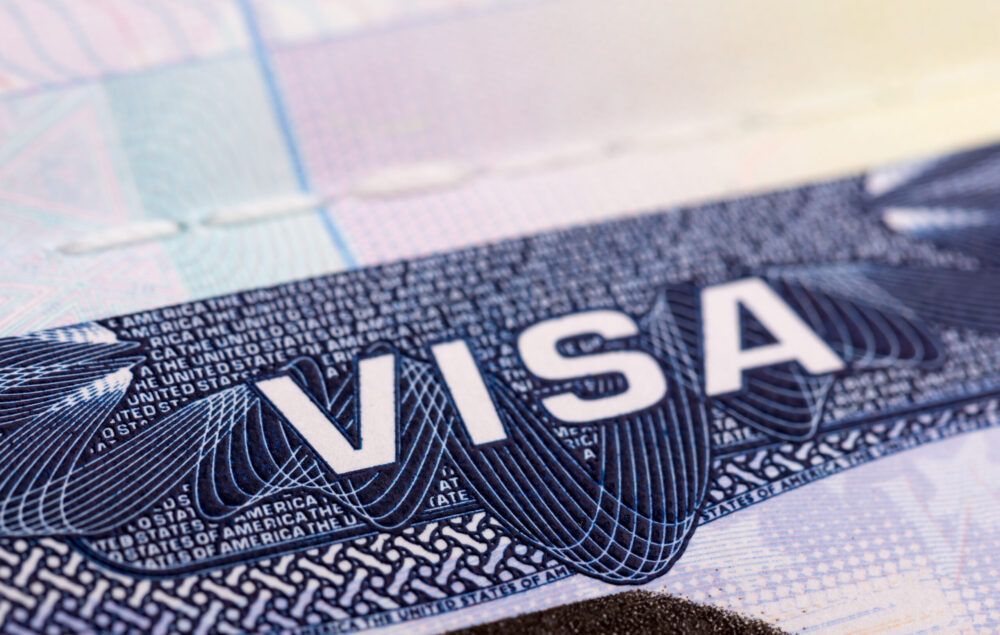You may have an immediate relative, or soon-to-be immediate relative through marriage, who permanently resides in the United States as a citizen or lawful permanent resident. Understandably so, you may wish to move out of your home country and live alongside them legally. Well, the United States Citizenship and Immigration Services (USCIS) offers a family-based visa program for these exact reasons. With that being said, please read on to discover what family-based immigration visas are potentially at your disposal and how one of the seasoned family based immigration lawyers at Lupton Law LLC can help you obtain one.
What family-based immigration visas are available to me?
For one, say that you currently live outside the United States but recently met and got engaged to a U.S. citizen. Well then, your best path toward entering the country is applying for a K-1 visa, otherwise known as a fiancé visa. With this, your U.S.-based fiancé must file Form I-129F, Petition for Alien Fiancé, on your behalf with the USCIS. If ultimately approved, you and your fiancé must get married within 90 days of entering the country, or else you may be ordered to leave immediately.
It is worth mentioning that this K-1 visa pathway is similarly available to foreigners engaged with a U.S. citizen of the same sex. However, say your marriage ceremony does not take place within 90 days, but you are afraid to return to your home country and get persecuted due to your sexual orientation. For this, please know that the USCIS also offers asylum and other similar protections.
Another popular family-based immigration program is the Deferred Action for Childhood Arrivals (DACA). Essentially, this program is meant to protect undocumented immigrants who were brought to the U.S. as a child, and who subsequently consider this country to be their home. Specifically, an eligible immigrant must have been brought over before turning 16; continuously resided here since June 15, 2007; be under 31 as of June 15, 2012; have no lawful immigration status on June 15, 2012; and meet other education and criminal history criteria.
Can I eventually apply for an adjustment of status in the U.S.?
Following the first example, say that you initially came to the United States on a K-1 visa and followed through with your marriage to a citizen. With this, you may soon apply to adjust your status from a nonimmigrant to a conditional resident via Form I-485, Application to Register Permanent Residence or Adjust Status.
The conditions on your green card may last for two years. So from here, you may apply to remove the conditions with Form I-751, Petition to Remove Conditions on Residence. Of note, this application must be submitted within 90 days of your conditional green card expiring.
Secondly, the documented “Dreamers” part of the DACA program may forge a path toward lawful permanent residence with a green card application. This may be accomplished through marriage-based petitions, as already described above. Or, you may seek sponsorship through a U.S.-based employer, who may petition for an employment-based immigration visa on your behalf.
Before you take any further initiative to apply for a visa, we urge you to consult one of the competent family-based immigration lawyers. Most definitely, the team at Lupton Law LLC is eager to work with you to get you or your family members family-based visas. Contact us today.



